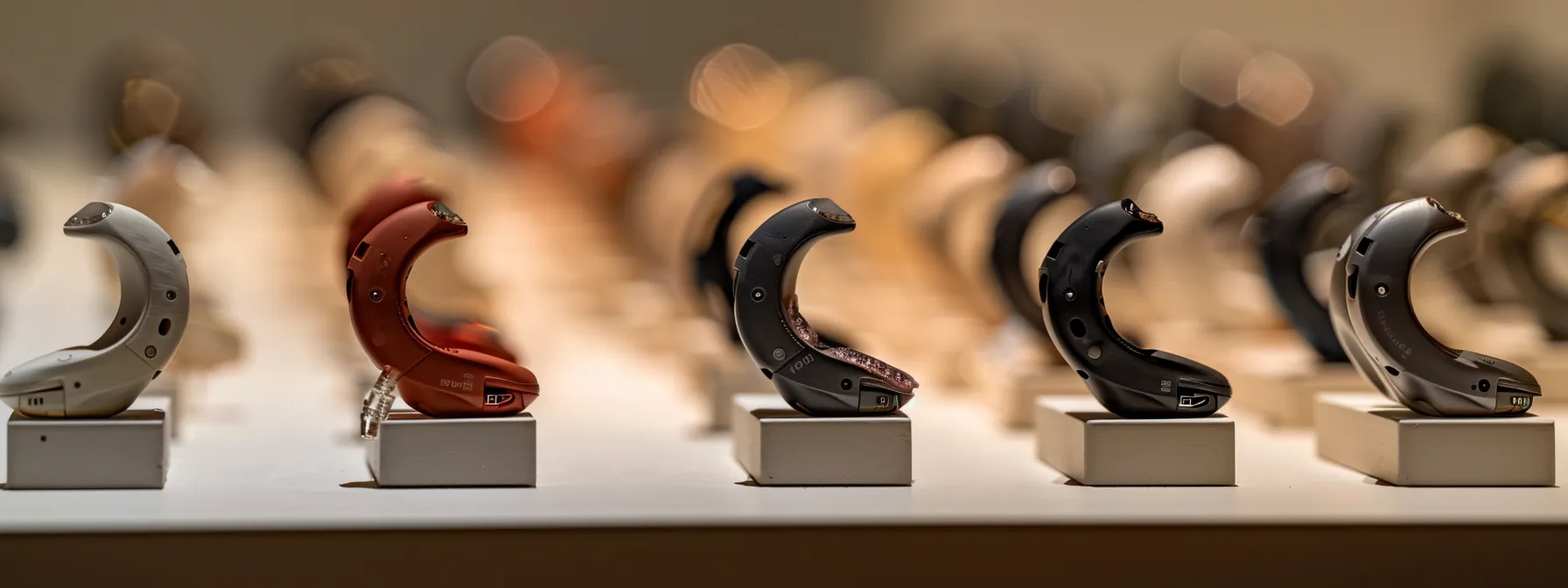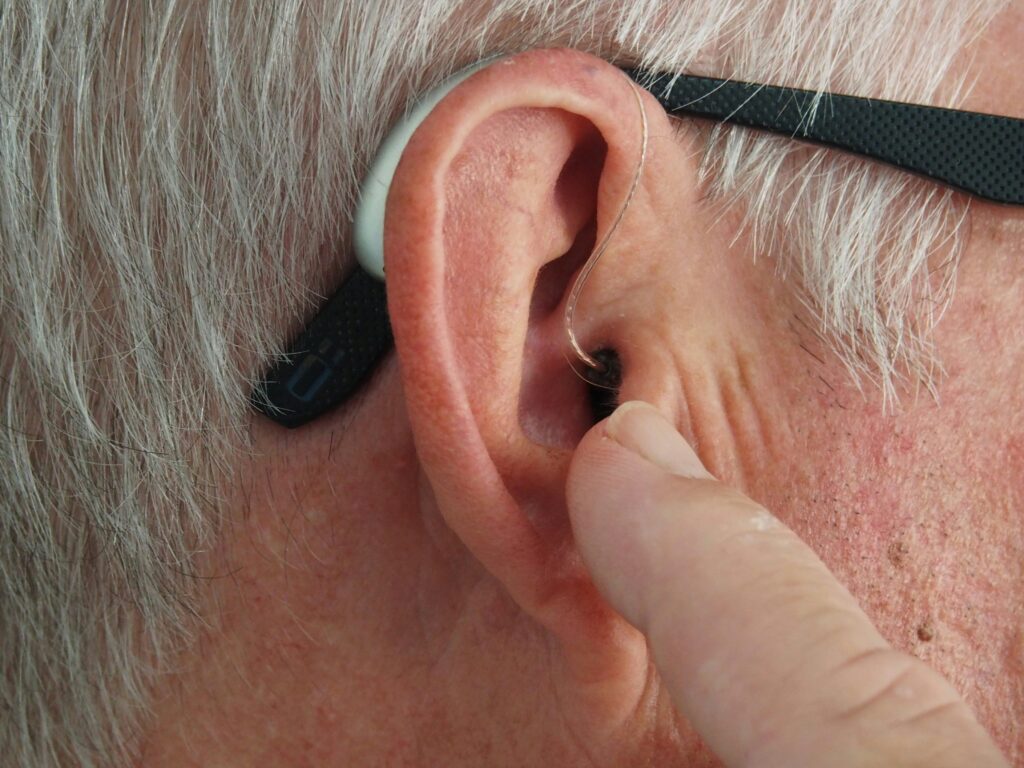The Ultimate Guide To Choosing the Right Hearing Aids for Your Needs
For many people, hearing aids are a vital tool for engaging with the world around them. Whether communication with loved ones or enjoying the sounds of nature, the right hearing aid can make a world of difference. However, selecting the perfect hearing aid can be a daunting task, with numerous types, technologies, and price points. In this article, we will walk you through the process of understanding your needs, what features are most important, and how to find the best value for your investment. Keep reading to learn more.
Understanding the Various Types of Hearing Aids

The realm of hearing aids is diverse, with several types designed to meet distinct needs. Behind-the-ear (BTE) models are the most common and versatile, suitable for most levels of hearing loss. Their structure allows them to house powerful amplifiers and larger batteries for extended use. In-the-ear (ITE) hearing aids, on the other hand, offer discretion due to their compact size, as they fit fully within the outer ear.
Invisible-in-canal (IIC) and completely-in-canal (CIC) hearing aids take discretion to the next level by fitting deeper into the ear canal and obscuring visibility. Meanwhile, receiver-in-canal (RIC) devices strike a balance between power and subtlety, with a small receiver placed directly in the canal connected to a barely visible behind-the-ear component. Understanding these variations is crucial when considering your aesthetic preferences, comfort, and the degree of hearing assistance you require.
Digital advancement has also led to the development of hearing aids that can adjust their settings automatically or be controlled via smartphone apps. This revolution in design and functionality means that the right hearing aid not only improves hearing but also seamlessly integrates into a modern lifestyle. Brands like Phonak hearing aids exemplify this integration of cutting-edge technology with user-centric design.
Assessing Your Hearing Needs

Before investing in hearing aids, it’s essential to undergo a thorough hearing assessment by a professional audiologist. This evaluation will help determine the type and degree of hearing loss you have, which is critical in selecting the appropriate hearing aid. Furthermore, your lifestyle plays a pivotal role; if you’re active and often in noisy environments, you’ll need a device that can navigate those challenges.
It’s also important to contemplate the auditory situations you encounter regularly. For example, do you require hearing aids that perform well in group conversations or in large auditoriums? Are you looking for connectivity options to link your hearing aid with other devices such as telephones or TVs? These questions help in zeroing in on the features that will truly enhance your hearing experience.
Comfort and ease of use are other vital considerations. Some users prioritize a hearing aid’s ability to go unnoticed, both in feel and appearance. Others may require larger devices with more accessible controls or those that can accommodate severe hearing loss. Remember that you’ll potentially be wearing your hearing aid for most of the day, and therefore, comfort should not be compromised.
The Role of Technology in Modern Hearing Aids

Hearing aid technology has advanced significantly, revolutionizing the way users interact with their devices and the environment. Modern hearing aids can now include a variety of digital features, such as directional microphones for improved speech understanding in noisy situations, telecoils for use with telephones and public induction loop systems, and even wireless connectivity for streaming audio directly from other devices.
Rechargeable batteries have also become increasingly common, offering users the convenience of not having to replace tiny batteries frequently. Some models even boast long battery lives on a single charge, reducing the hassle and expenses associated with battery changes. Automatic programming adjustments are another innovative feature, allowing the hearing aid to adapt to various listening environments without requiring manual input.
The digital integration extends to personalization and control as well. Many hearing aids are now compatible with smartphone apps, allowing users to fine-tune their devices’ settings discreetly. From adjusting volume levels to selecting noise reduction and sound profiles, app-controlled hearing aids put the power of personalization in the palm of your hand.
Overall, selecting the right hearing aids involves striking an intricate balance between understanding your specific needs and the technological benefits of modern devices. By considering the various types of hearing aids, your listening environments, advanced features, and comfort, you can find a device that will significantly enhance your daily life.
























